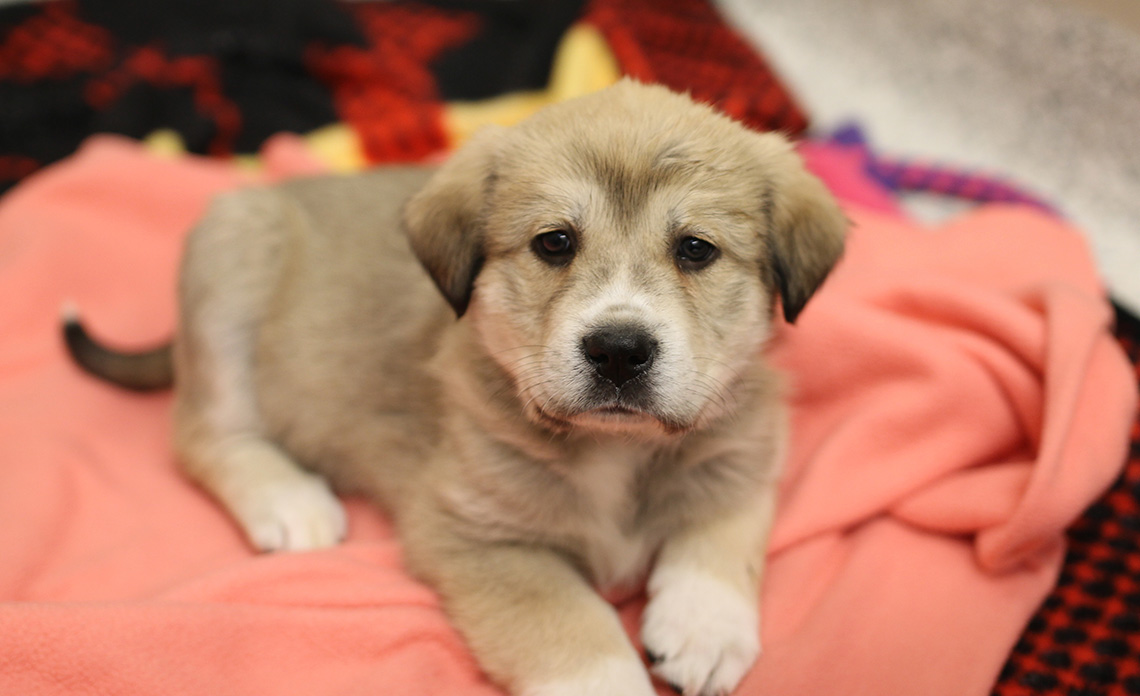Managing a change in routine
Summer is coming to an end, which for a lot of families may mean leaving your furry friends at home while you head back to work or school. Leaving your pet at home, whether for the first time or not, can be a difficult thing to manage.
There are several ways you can help make the transition to having your pets home alone easier, as well as ways to help them cope with separation anxiety.
The best thing you can do for your pet is to set them up and a cozy, comfy place with ample toys and treats to keep them busy. Setting your dog up in a comfortable crate in a quiet place can create a great space for them to feel safe and nap! Closing the blinds or playing white noise can help.
Keeping your dog busy
Giving your pup something to do in their crate will help keep them busy throughout the day. Kong toys are a fun and safe way for your pet to enjoy a snack with a little extra work. Kongs can be stuffed with any number of fun snacks, from kibble and dog treats to peanut butter, plain canned pumpkin or unsweetened apple sauce, to name a few! Freezing your Kong overnight can help it last longer for your pup while you’re gone.
Enrichment and exercise
Apart from Kongs, there are a lot of different enrichment toys to keep your pets entertained. Snuffle mats, treat-releasing balls and enrichment puzzles can serve as great alternatives or additions!
While leaving your pet at home while at work or school can be unavoidable, it is still important to make sure your dog is getting enough exercise to get out all their extra energy. Taking longer walks before you leave and once you come back, playing fetch in the yard or visiting the dog park more frequently can all help keep your pet as active as they need to be.
Some adult dogs, as well as all puppies under 6 months, will need to take a mid-day potty break to be comfortable for the rest of the day. Visiting your pet on your lunch break or utilizing dog walking/doggy daycare can help make this break for them possible.
Managing separation anxiety in dogs
For pets with separation anxiety, being left at home can be even harder.
Your dog could be experiencing separation anxiety if they demonstrate some of the following symptoms.
- Barking
- Whining
- Shaking
- Urinating and defecating inside
- Overall destructive behavior
Providing your anxious pet with harder toys to chew on, staying patient with them and giving positive reinforcement can help them feel calmer, safer and happier.
If your dog has severe separation anxiety, we recommend working with a trainer to address their behavior.
For behavior and training advice, please contact our behavior team by email or visit the resources section of our website.
Stay up to date
Follow us on Facebook, Instagram and Twitter for the latest news.





